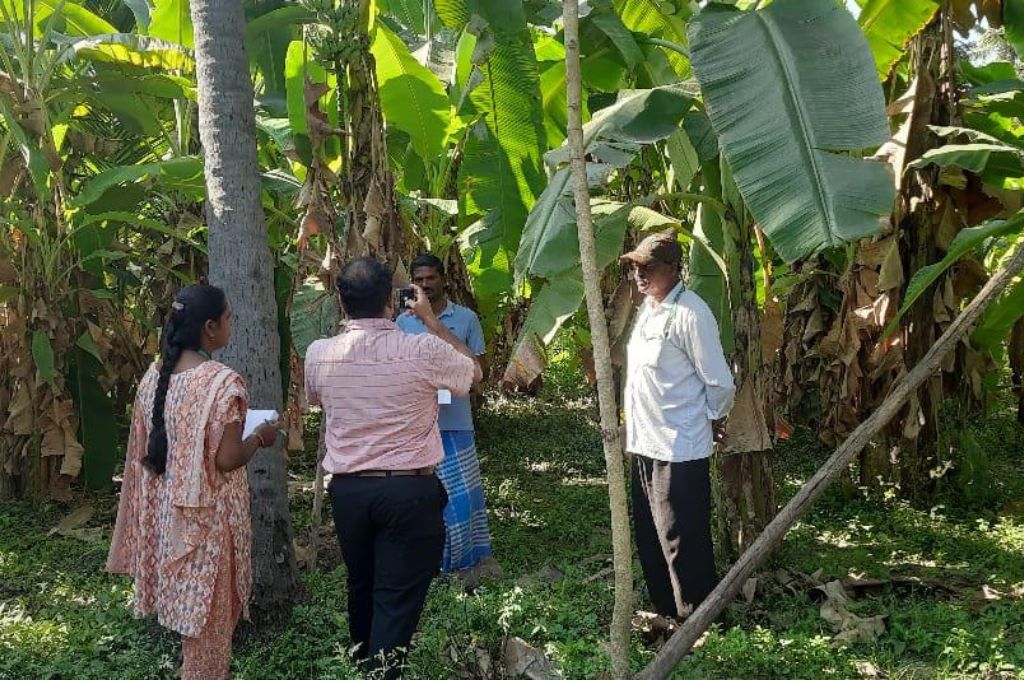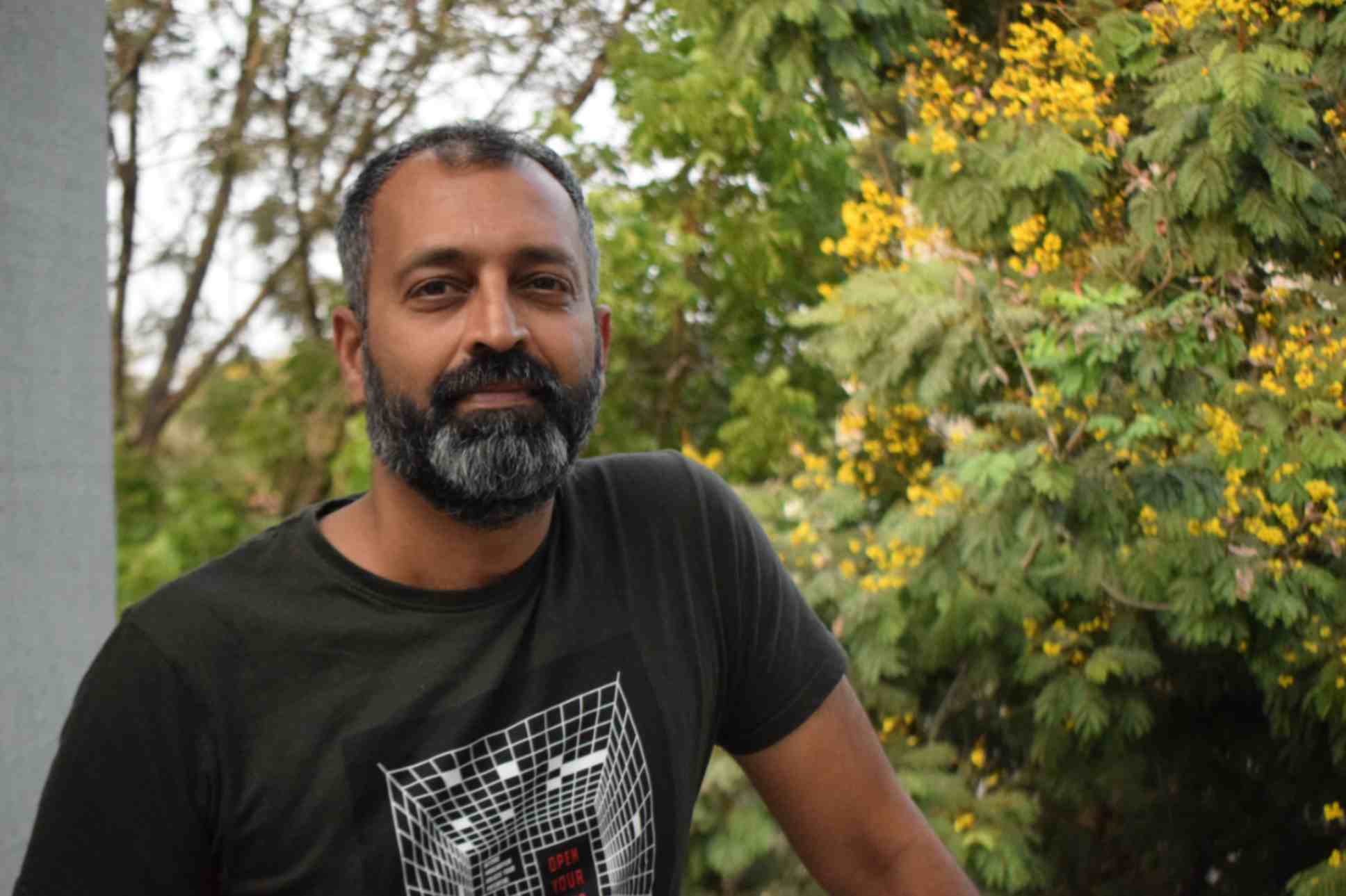The development sector confronts complex, intertwined challenges that require coordination and collaboration among diverse stakeholders—including social entrepreneurs, government agencies, academia, and researchers—to engage meaningfully with the communities for whom solutions are designed. Acknowledging these communities as essential co-creators is pivotal for the success of these initiatives. As Bill Drayton once said, “There is nothing more powerful than a community acting on its own understanding.” Despite this, fully harnessing communities’ knowledge and insights at scale remains a challenge.
Community engagement for sustainable development
Community engagement voices is critical for sustainable problem-solving for various reasons:
- Fostering understanding: By listening to local voices, we gain deep insights into the intricate dynamics of the community.
- Embracing diversity: Community voices from different regions and languages not only deepen our insight into problems but also enable us to see interconnectedness at scale.
- Leveraging expertise: The knowledge inherent to communities is invaluable. Recognising and utilising this local expertise can transform the effectiveness of development projects.
- Building trust: Genuine engagement fosters trust, which results in deeper community involvement and ensures the sustainability of initiatives.
- Catalysing action: Providing communities with access to their collective wisdom empowers them to self-organise and drive change effectively.
- Activating participation: Understanding the lived experiences of community members through their stories and reflections helps other ecosystem actors gain a better sense of how they could contribute.

The challenges of prevailing community engagement methods
Currently, a wide range of participatory and inclusive methodologies are utilised to effectively comprehend and integrate the voices of local communities in addressing social issues.
1. Isolated standalone insights
These approaches are designed to actively harness community engagement in both identifying challenges and formulating solutions, ensuring their direct involvement in the processes that affect their lives. However, despite their strengths, these methods predominantly function as isolated instances of engagement—they are not designed to operate at scale or to interact dynamically with one another.
These community-based approaches, while invaluable for gathering deep, localised insights, lack the infrastructure to systematically accumulate and analyse data over time. They fail to capture real-time interactions or build upon previous engagements to refine understandings and strategies. This results in a fragmented knowledge of a community’s needs without a mechanism to link insights across different projects or time periods.
Moreover, these methods are not equipped to provide intersectional insights that can emerge from integrating diverse data types and sources. They typically focus on a particular issue without the capability to cross-reference or merge findings from different languages, cultures, or thematic areas. This limitation restricts the ability to form a holistic view of community dynamics and impedes the development of multifaceted solutions.
2. Non-transferable knowledge
Additionally, the lack of a scalable framework means that while individual projects may succeed locally, their insights and methodologies are not readily transferable to other contexts or scalable to larger populations. The absence of an integrated system to capture and analyse data means that changes in community sentiment or the long-term impact of interventions often go unrecorded, making it difficult to assess effectiveness or adapt strategies responsively.
3. Dilution of context
These engagement methods also struggle to preserve the authenticity of the original interactions. Without the capacity to retain and trace the original context or the nuances of community feedback, much can be lost in translation or during data processing. This results in the dilution of the raw power and granularity of direct community expressions, potentially leading to misinterpretations or misguided policy responses.
In essence, while current approaches allow for immediate and impactful community engagement, they fall short of creating a sustainable infrastructure that can amplify, preserve, and leverage these insights at scale.
Designing a digital sense-making infrastructure
Sense-making infrastructures are systems designed to empower change agents—government agencies, nonprofits, research institutions, and communities—to effectively understand, analyse, and respond to complex and interconnected issues. These infrastructures help uncover deeper, less apparent, and emergent structural needs. But how does one develop a sense-making infrastructure that enables the amplification, preservation, and utilisation of communities’ insights?
Consider the farmer, who is intimately familiar with the crops that flourish in their fields, the inputs that yield the best results, and the challenges posed by climate and market fluctuations. Traditionally, the farmer is seen as the endpoint recipient of agricultural extension services and policies. But what if we considered them to be a first-mile innovator rather than a last-mile recipient?
We saw the change that emerged through an initiative led by the Ministry of Agriculture and Farmer Welfare and powered by Apurva.ai. More than 1,500 farmers across all districts in Tamil Nadu contributed their insights—ranging from innovative practices to significant challenges—to build a digital infrastructure that combines individual farmer experiences into a cohesive network of collective wisdom. This initiative aimed to shift from traditional top-down information dissemination to a ground-up, peer-led learning and sharing system that benefits not only the farmers but also the entire agricultural ecosystem.
Key features of this initiative include:
1. Connected insights
The gathering of collective wisdom not only offers the opportunity to combine and connect varied knowledge but also enables one to find intersectional insights from these voices, thereby making the whole much greater than the sum of its parts. For example, when queried about organic farming, the platform can showcase various categories of results, such as farmers from different regions in Tamil Nadu talking about the benefits of organic farming, how they applied it in their contexts, or the challenges related to it. One can then assess either individual elements or the whole, which helps identify both intersections and differences.
2. Democratised knowledge
This collective intelligence built out of the voice of Tamil Nadu’s farmers is accessible in many languages (all major languages of India and the world), modes (voice and text), and across varied channels (web and WhatsApp). This democratisation of knowledge catalyses engagement and co-creation in the ecosystem. For instance, the availability of this knowledge in local languages to policymakers, farmer producer organisations (FPOs), and peer farmers enables their ability to look for solutions in a collaborative manner. Policymakers and FPOs will be able to reorganise their approaches to address the needs identified through this collective knowledge, whereas farmers will be able to learn from their peers and adapt this knowledge to fit their respective contexts.
3. Last-mile to first-mile transition
Since farmers are placed at the heart of this ecosystem, their first-hand accounts and innovative practices can directly influence agricultural policy and community strategies. This approach not only enables peer farmers to learn from one another but also allows stakeholders across the agriculture sector—FPOs, farmers, academia, policymakers, etc.—to make informed decisions. The knowledge shared by these farmers feeds back into the system, enhancing the entire agricultural community’s resilience and productivity.
Scaling and evolving
The aim is to expand this model to encompass voices from across India. This expansion aims at increasing the frequency as well as enriching the quality of agricultural dialogues and interventions, which makes it a cornerstone for future policymaking and community-driven innovation.
This model can also be used for amplifying the voices of communities affected by disasters. Employing it could offer policymakers and the entire disaster ecosystem deep insights regarding the magnitude of the crisis. Disaster management goes beyond immediate relief efforts; it encompasses strengthening the resilience of vulnerable communities to anticipate, respond to, and recover from disasters and climate change. Fostering community-led, long-term resilience necessitates a deep understanding of the local context. Spearheaded by SEEDS India, this initiative is being piloted in disaster-affected regions such as Gujarat, Rajasthan, and Kerala. Leveraging Apurva to interconnect and combine individual voices unveils patterns, dependencies, constraints, structural challenges, and the community’s emotions and sentiments, thereby enhancing the comprehension of the issue at hand. This improved understanding can facilitate a more effective response from the ecosystem and empower communities to self-organise and strive for their long-term sustainability.
Leading the way to a sustainable future
The shift towards recognising and leveraging community voices as potent infrastructure for sense-making is not merely progressive—it is crucial. As Buckminster Fuller astutely observed, “You never change things by fighting the existing reality. To change something, build a new model that makes the existing model obsolete.”
By transforming the role of the community from passive recipients to active contributors, we can significantly enhance the effectiveness and sustainability of solutions. The integration of digital infrastructures epitomises this shift by helping transform individual narratives into shared, actionable insights that inform and drive policy and practice.
This approach ensures that grassroots voices do more than participate. It enables them to lead the dialogue, redefine empowerment, and solve for society’s most complex challenges.
—
Know more
- Read this article on Apurva.ai’s pilot programme in Tamil Nadu.
- Learn more about how organisations can tap into open-source technology for sustainable agriculture.





